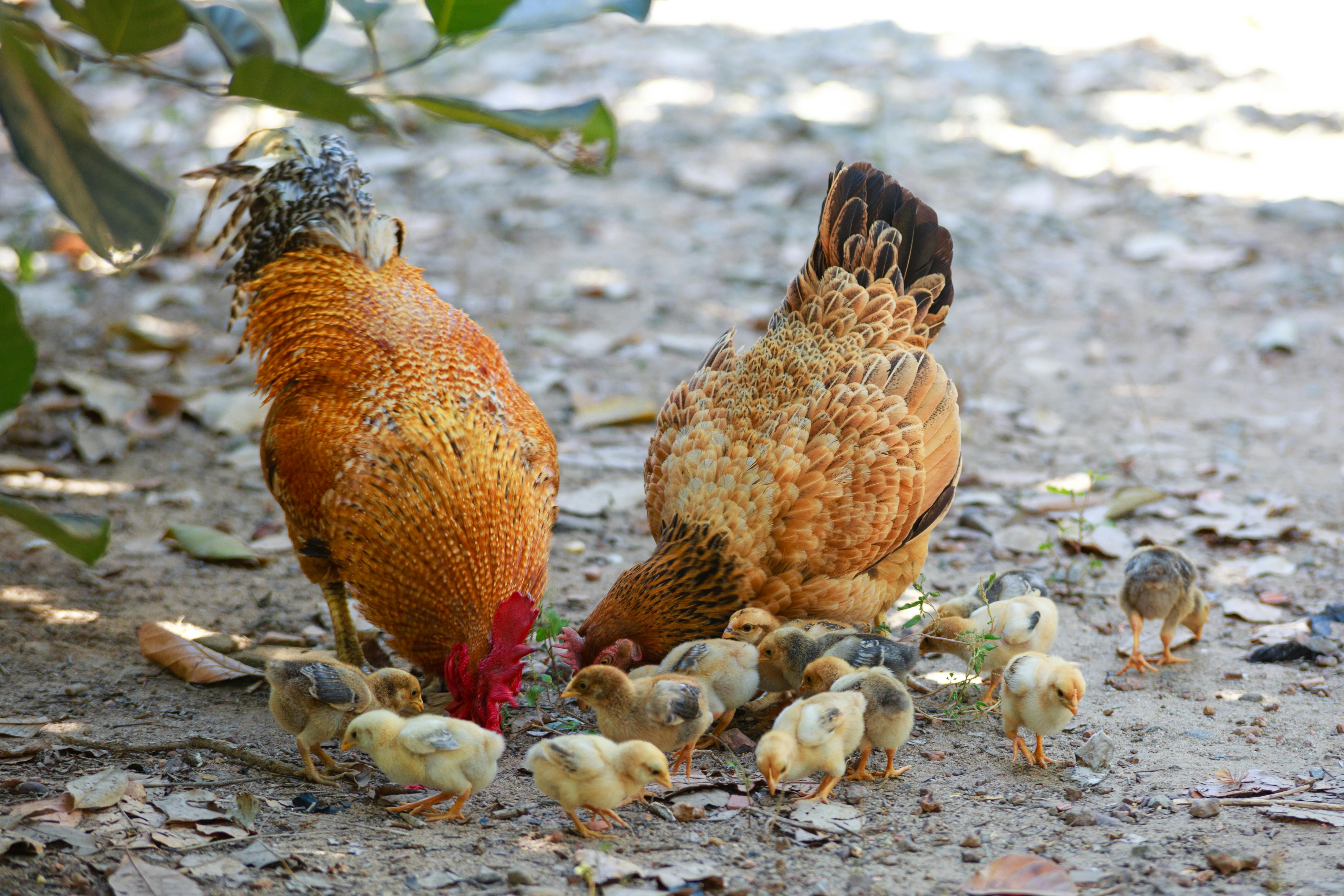The classification of chickens within the animal kingdom may seem straightforward at first glance, but it unravels into a fascinating exploration of evolutionary biology. Chickens are not reptiles; they are birds, which belong to the class Aves. However, the story does not end there. To fully understand the relationship between chickens and reptiles, we must delve into their evolutionary history.
The Evolutionary Connection
Birds, including chickens, are descendants of a group of dinosaurs known as theropods. This lineage includes famous members like the Tyrannosaurus rex and Velociraptor. Theropods are part of the larger clade Archosauria, which also encompasses modern reptiles such as crocodiles. This evolutionary link means that birds share a common ancestor with reptiles, but they have distinct differences that classify them separately in the animal kingdom.
Reptiles and Birds: Key Differences
To differentiate between reptiles and birds, we can examine several anatomical and physiological traits:
-
Feathers vs. Scales: One of the most obvious distinctions is that birds have feathers, while reptiles have scales. Feathers are complex structures that evolved from the scales of their dinosaur ancestors, serving purposes ranging from flight to insulation and display.
-
Bone Structure: Birds possess a unique skeletal structure. Their bones are lighter and often hollow, adaptations for flight that are absent in reptiles.
-
Respiratory System: Birds have a highly efficient respiratory system with air sacs that allow for a continuous flow of air through their lungs, ensuring maximum oxygen exchange. Reptiles have a more rudimentary system, relying on their lungs alone for respiration.
-
Reproduction: While both birds and reptiles lay eggs, bird eggs are typically incubated by parents and often require a specific environment to develop, while many reptiles rely on external conditions such as warmth from the sun.
Why the Confusion?
The confusion about whether chickens are reptiles likely arises from their shared ancestry and some overlapping characteristics. For instance, chickens' scaly legs resemble reptilian scales, hinting at their evolutionary past. Furthermore, birds' egg-laying trait often prompts comparisons to reptiles.
Modern Classification
In modern taxonomy, chickens are firmly placed within the class Aves. This classification is based on a combination of morphological, genetic, and behavioral traits unique to birds. The class Aves itself is a part of the larger clade Avialae, which includes all living birds and their extinct relatives.
Conclusion
While chickens are not reptiles, understanding their evolutionary background reveals the deep connections between these two groups. This relationship underscores the incredible journey of evolution, showing how diverse life forms are interconnected through time. Birds, with their unique adaptations and evolutionary history, occupy a distinct branch on the tree of life, separate from reptiles but forever linked by their shared ancestry. This intricate web of relationships enriches our understanding of the natural world, highlighting the dynamic and ever-evolving nature of life on Earth.



